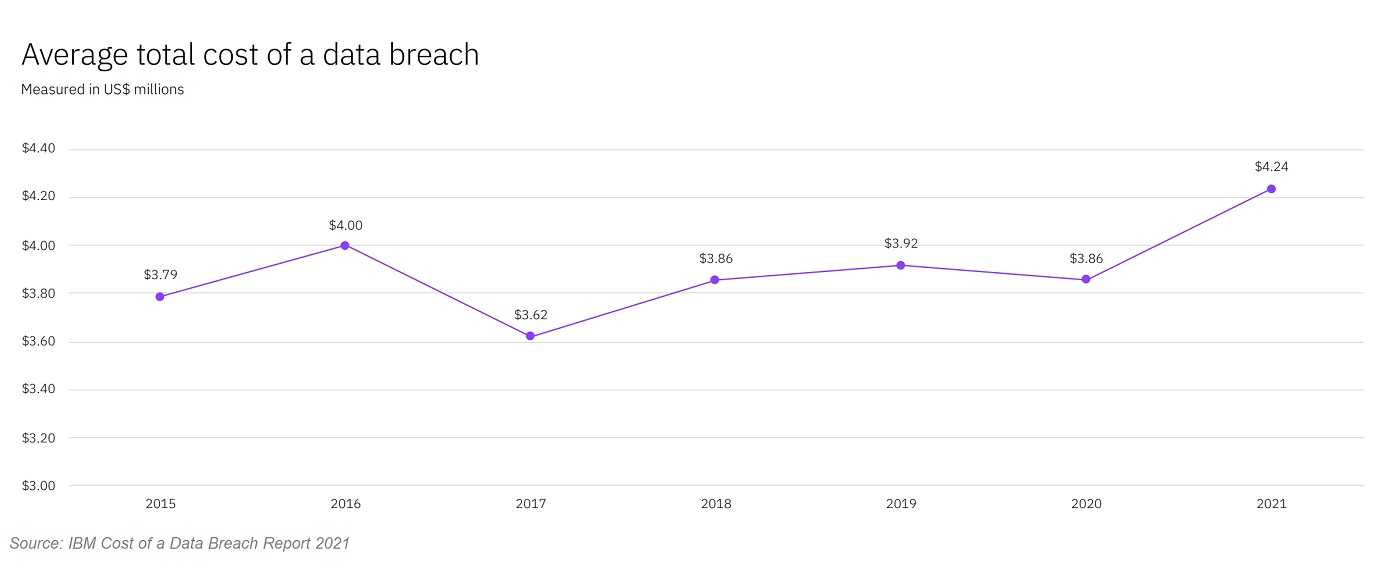“This is a ransomware attack...” When these words pop-up on computer screens all over an organization, it stops victims in their tracks – but by then it’s too late. Some common targets of these coldhearted ransomware crimes include hospitals, education, public transit, banking, government agencies, corporations, and yes indeed, individuals. To date, a silver bullet for preventing these devastating and dangerous ransomware attacks has yet to arrive.
How Ransomware Infects a Device
How this viral villain began sneaking into devices and data systems for over 30 years is truly a blast-from-the-past. Set your time machine on “backward” and buckle up because ransomware first arrived on the cybercrime scene in 1989. Here’s your fun fact for the day, those “floppy discs” (remember those?) were the preferred method of viral spreading. Sharing infected floppies passed the ransomware onto other computers. It’s not even that difficult now.

Research from CISCO finds close to 90% of data breaches happen via phishing. Email phishing has several go-to options for hiding ransomware. Socially engineered emails are a favorite since they target individuals directly, often by using the troves of PII they’ve posted on social media. It’s much easier to get someone’s attention when the email subject and content are of interest to them, and more likely to get the recipient to act.
Once a user clicks on an infected phishing email attachment or embedded link, the ransomware downloads onto a device and starts installing itself. An updated virus scanner can find the malware and eliminate it before it’s fully installed. Be sure all your devices have anti-virus software or an app and that it’s always kept updated with the most current version.
The FBI strongly advises victims not to pay a ransom demand as it only encourages further attacks. Instead, they suggest making regular backups of their data to a server or separate drive that’s not connected to their systems. That way, targets can restore their own data, making both the encryption and ransom demand worthless.

As always, be sure have your guard up for potential phishing messages. We get over 100 email messages on a given workday, so it's important to do your best to not rush through and accidentally set off a phishing bonanza.
Antivirus (AV) solutions are a helpful resource for finding ransomware and other malware before it enters a system. Recently, new ways for getting beyond AV scanning are cropping up. Hackers are now encrypting their ransomware, making it possible to hide from AV scanning. While AV is not 100% safe, using this scanning as an option for AV solutions is a great asset for a robust data security plan.